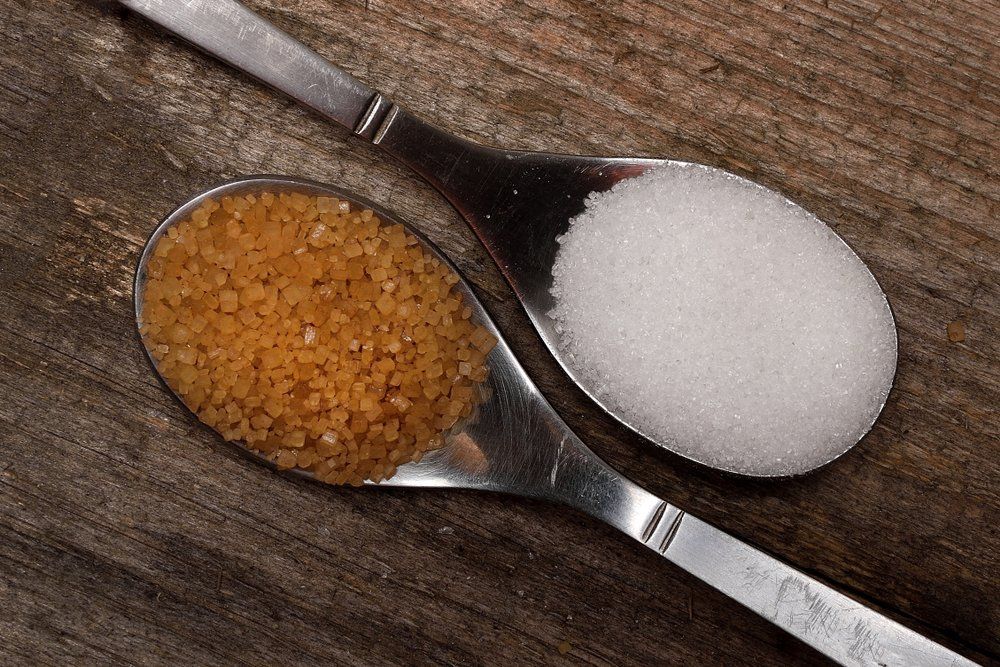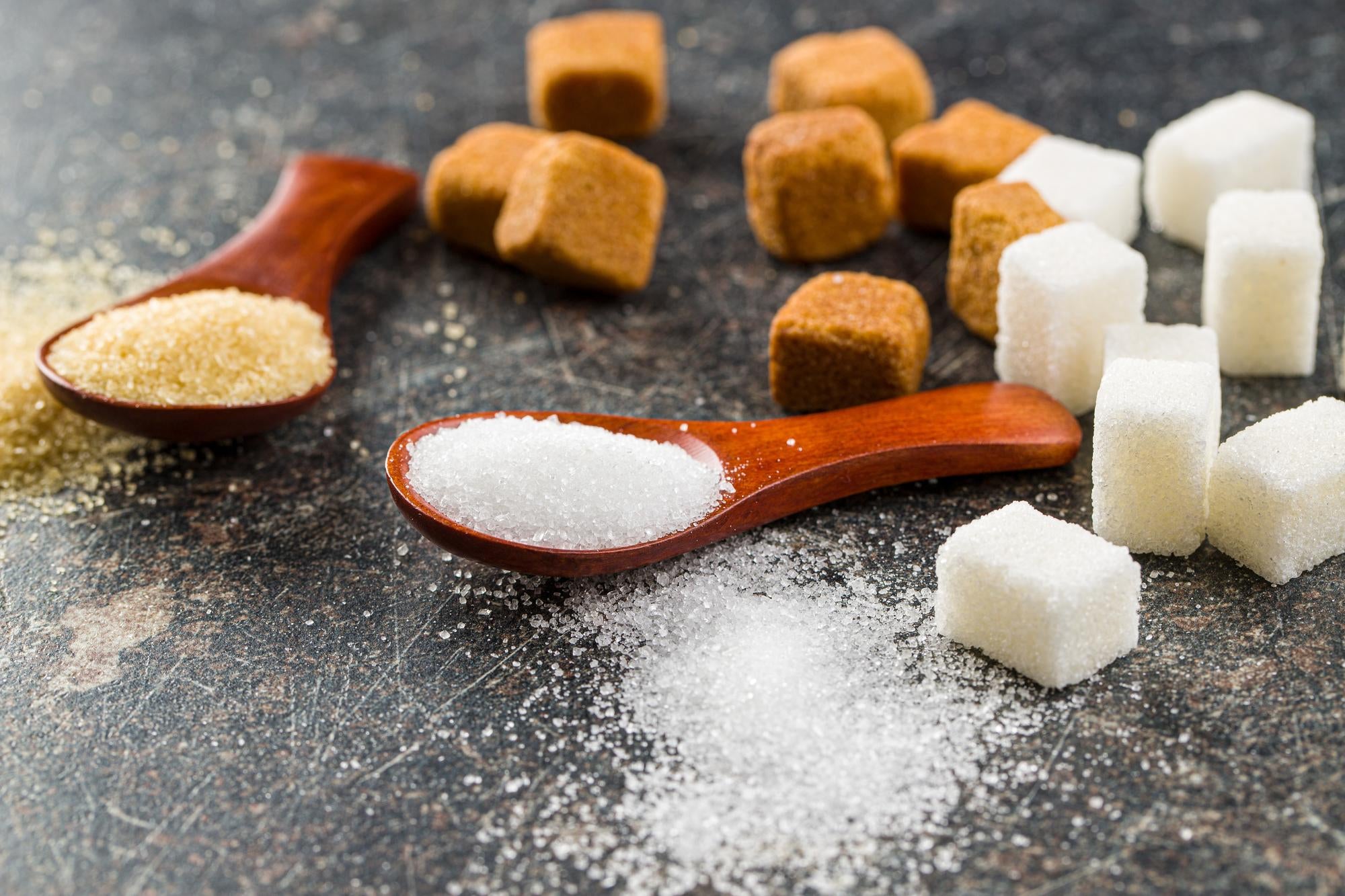The debate on beet sugar vs cane sugar often centers around manufacturing processes and nutritional content.
The debate on beet sugar vs cane sugar often centers around manufacturing processes and nutritional content.
Blog Article
Discovering the Differences in operation and Benefits In Between Beet Sugar Vs Cane Sugar
In the cooking globe, the option between beet sugar and cane sugar is not merely concerning sweetness but entails a nuanced consideration of flavor, application, and effect. While both sugars come from various plants, each undertakes unique manufacturing processes that discreetly affect their qualities and viability for different meals. As cooks and customers progressively prioritize both the environmental and flavor accounts of their components, recognizing these differences comes to be important. This expedition supplies understanding into how each sugar kind can best enhance culinary creations.
Beginnings and Production Procedures of Beet and Cane Sugar

Walking stick sugar, on the other hand, comes from the sugarcane plant, a tropical yard belonging to Southeast Asia now grown in tropical zones worldwide. The production of cane sugar starts with the harvesting of cane stalks, which are crushed to release the juice. This juice is then steamed to focus it, after which it is rotated in centrifuges to generate raw sugar crystals. These crystals are further improved to generate the white sugar frequently readily available in shops.

Nutritional Material and Health And Wellness Considerations

When contrasting the nutritional material of beet sugar and cane sugar, it ends up being obvious that both kinds basically offer the very same caloric worths, with about 16 calories per tsp and no significant nutrient diversity. Both sugars, when eaten in excess, can add to elevated blood sugar degrees, a threat variable for diabetes mellitus and various other metabolic disorders. From a health perspective, regulating consumption of any kind of type of sugar, whether from beet or cane, is a good idea to avoid these potential adverse results on health.
Flavor Profiles and Culinary Applications
Regardless of their similar chemical frameworks, beet sugar and cane sugar vary subtly in flavor, which can affect their use in various cooking contexts. Walking stick sugar commonly carries a tip of molasses, also in its polished kind, lending a warm, caramel-like undertone that enhances baked products, coffee, and chocolate-based recipes. This small molasses flavor is especially valued in the cooking sector for adding deepness to sugary foods and pastries. On the other hand, beet sugar is defined by its very fine-tuned, about his neutral taste, making it a flexible sugar that does not useful link modify the flavor profiles of meals. This nonpartisanship is especially beneficial in delicate dishes, such as light breads, lotions, and some sauces, where the inherent tastes of other ingredients are planned to stand out. Cooks and food makers might select one kind of sugar over the various other based on the wanted flavor result of their cooking creations.
Environmental Impact and Sustainability
While both beet and cane sugars are derived from plants, their environmental influences vary considerably due to the unique approaches of cultivation and handling needed for each. Sugar beet growing typically includes considerable mechanization, which can enhance fossil gas usage and carbon discharges.
Additionally, the processing of sugarcane commonly produces a considerable amount of waste, consisting of bagasse, which, although functional as biofuel, frequently adds to air pollution if melted inefficiently. Sugar beet handling utilizes even more of the raw materials, causing much less waste. Both markets face difficulties in minimizing their ecological footprints, but continuous advancements in agricultural methods and waste administration are intending to boost sustainability.
Economic Elements Affecting the Sugar Sector
The financial dynamics of the sugar industry are substantially influenced by global market look these up needs and trade policies. Aspects such as tolls, subsidies, and worldwide profession agreements play important duties in forming the competitive landscape. As an example, in areas where sugarcane or sugar beet manufacturing is subsidized, manufacturers might have a financial benefit that allows them to provide reduced costs on the global market. This can produce disparities in earnings and market accessibility for producers in countries without such aids.
In addition, changes in international need for sugar, influenced by dietary trends and industrial usage in foodstuff, directly influence prices and manufacturing levels. beet sugar vs cane sugar. Climate conditions likewise play a crucial function, as they can significantly impact crop yields and, consequently, the supply chain. This irregularity presents a degree of economic unpredictability that can cause financial investment volatility in sugar manufacturing industries, affecting decisions from growing to market approach
Conclusion
In final thought, both beet and cane sugar have one-of-a-kind qualities that suit various culinary needs. While cane sugar imparts an abundant taste perfect for boosting baked goods, beet sugar's neutrality is perfect for lighter meals.
Report this page